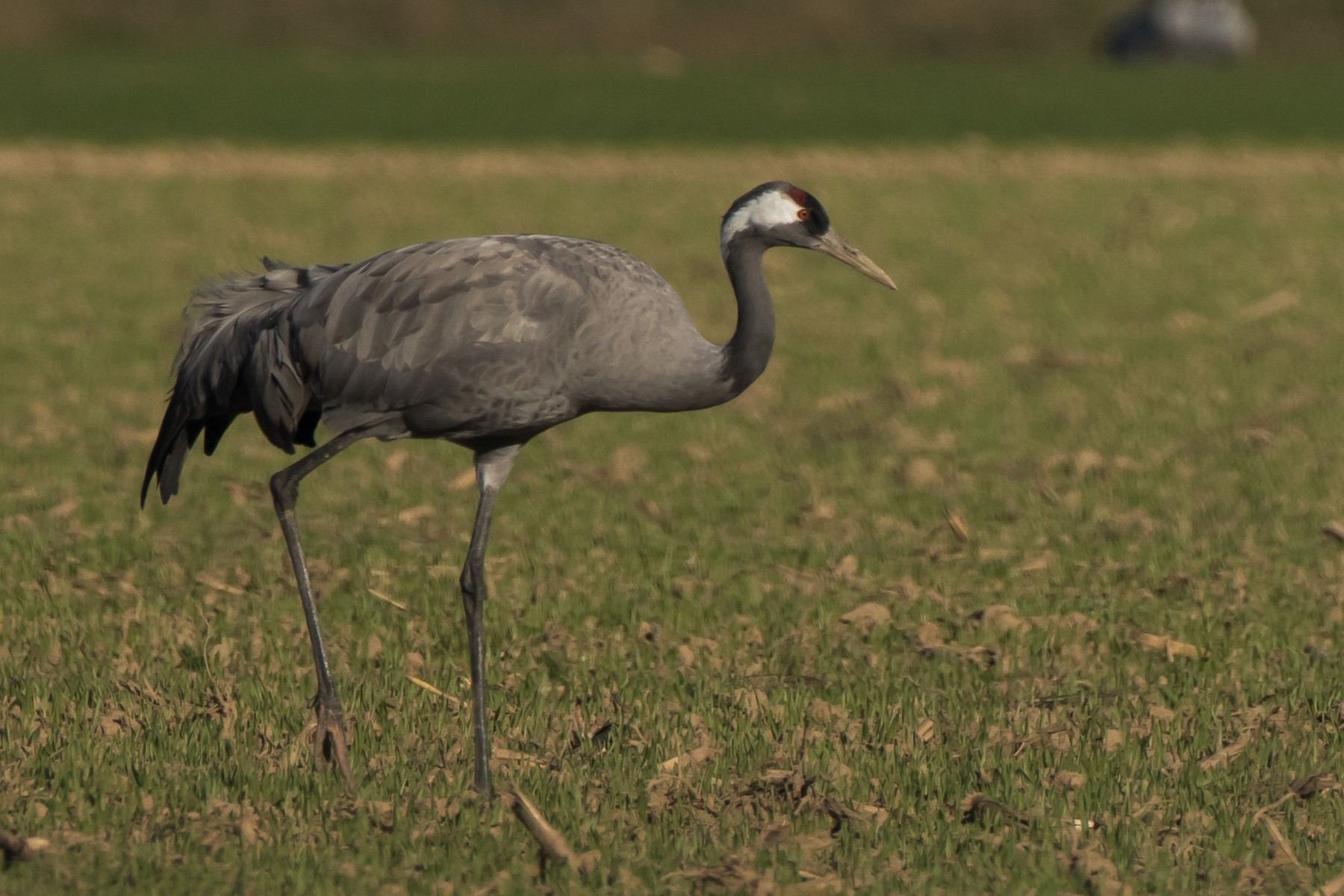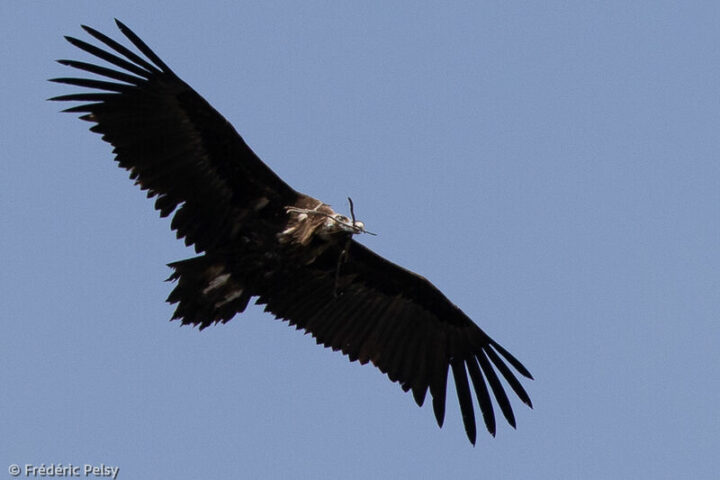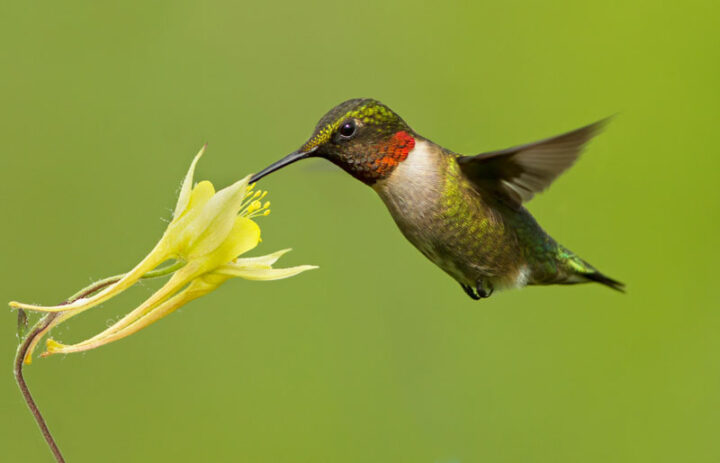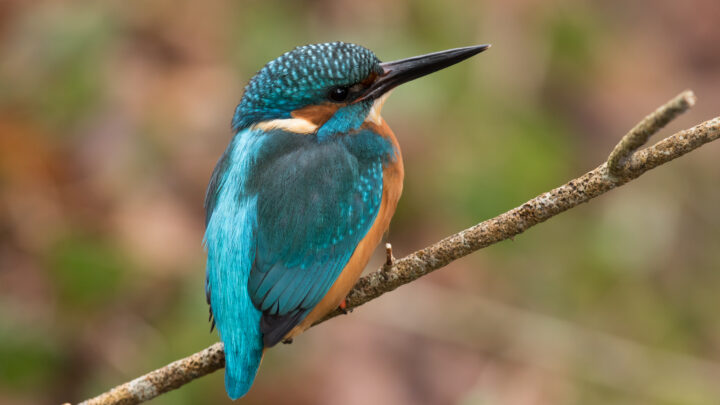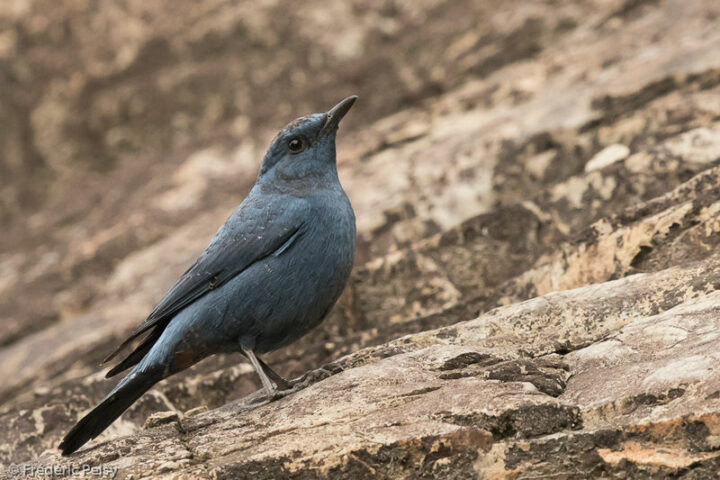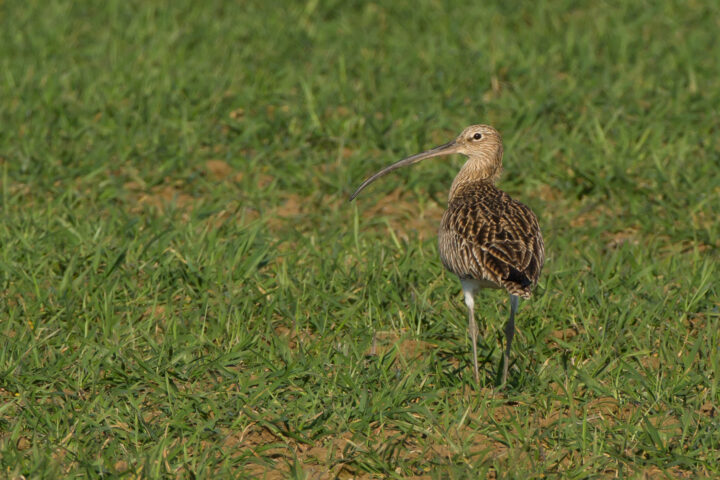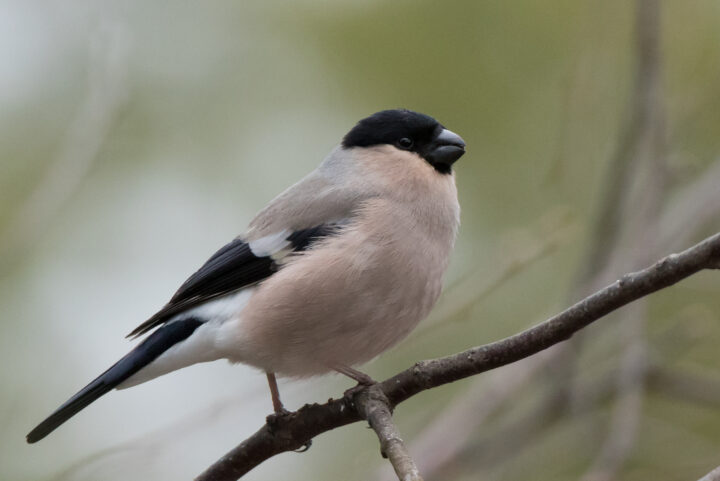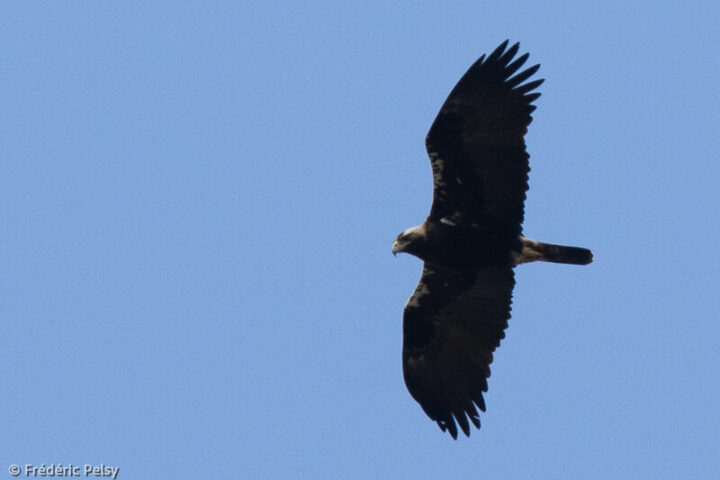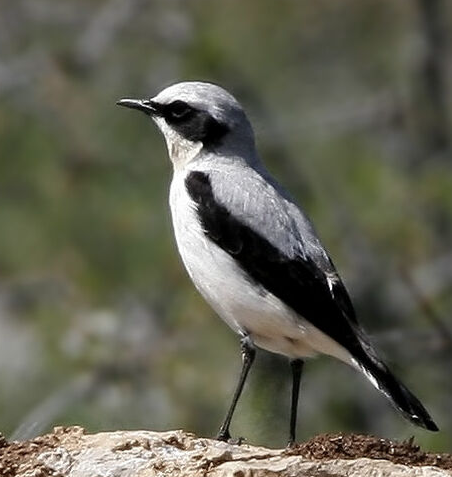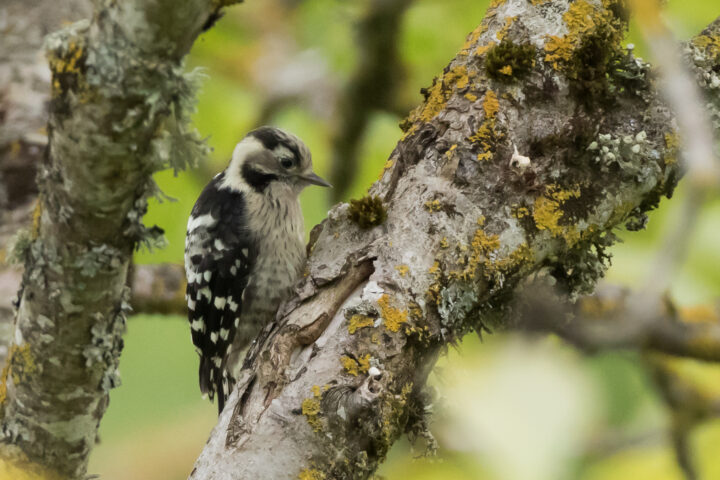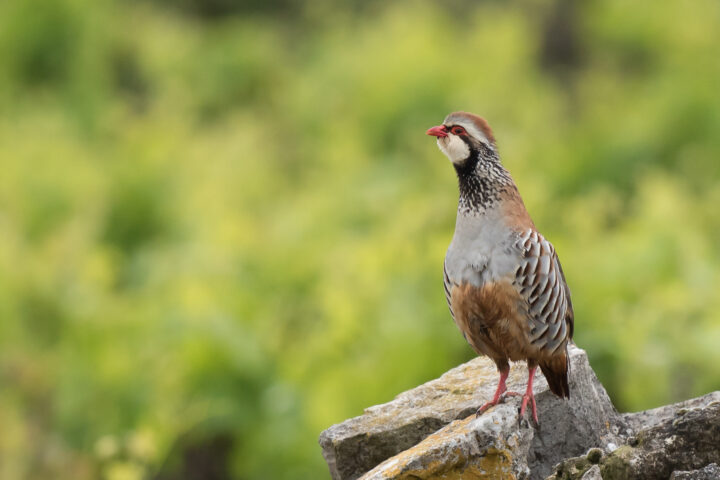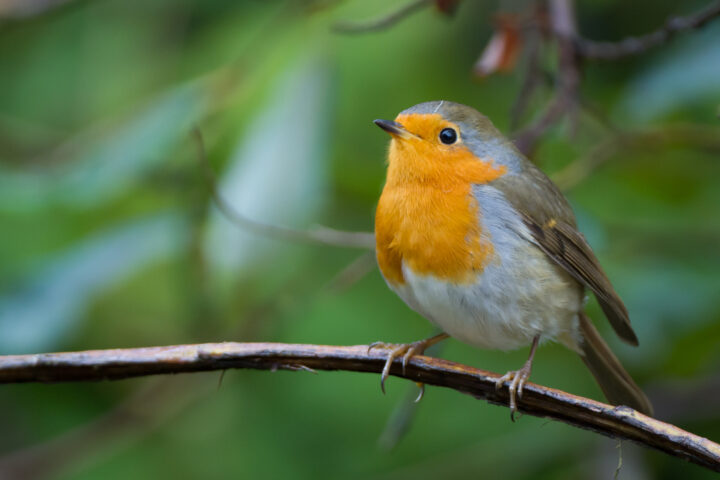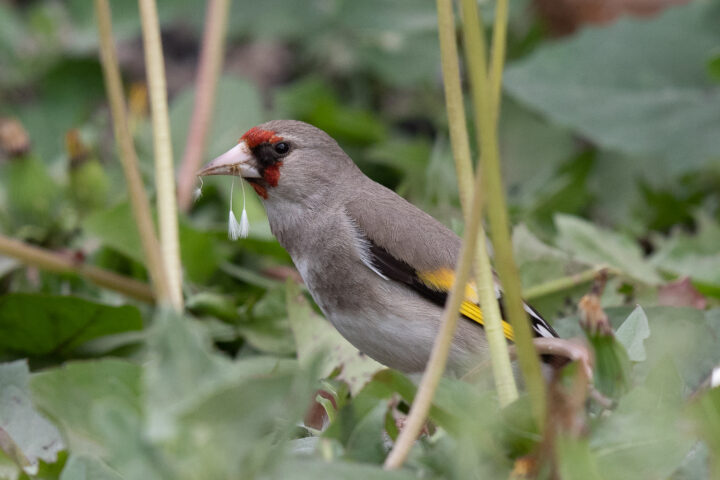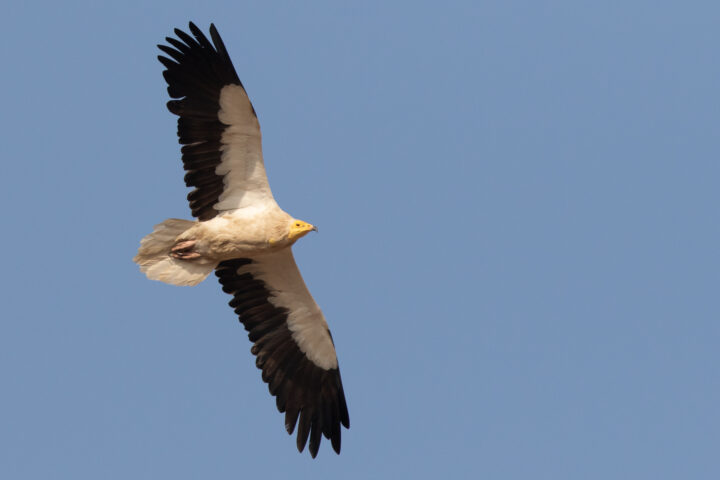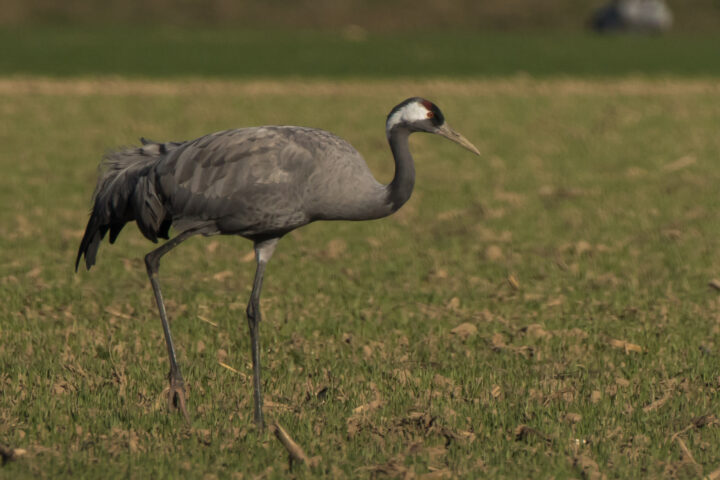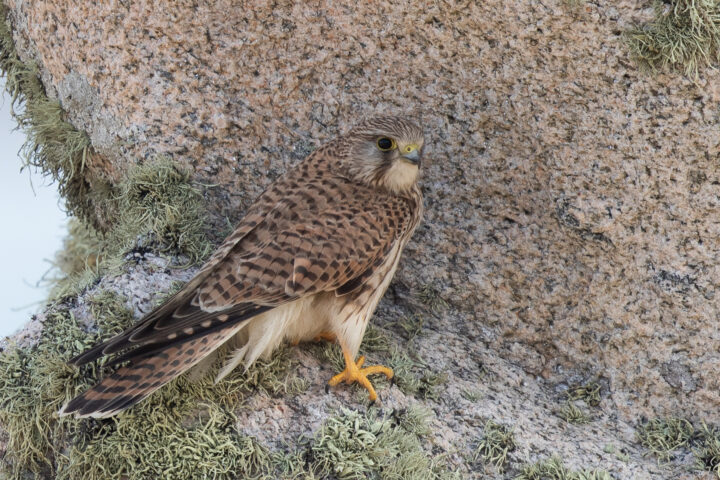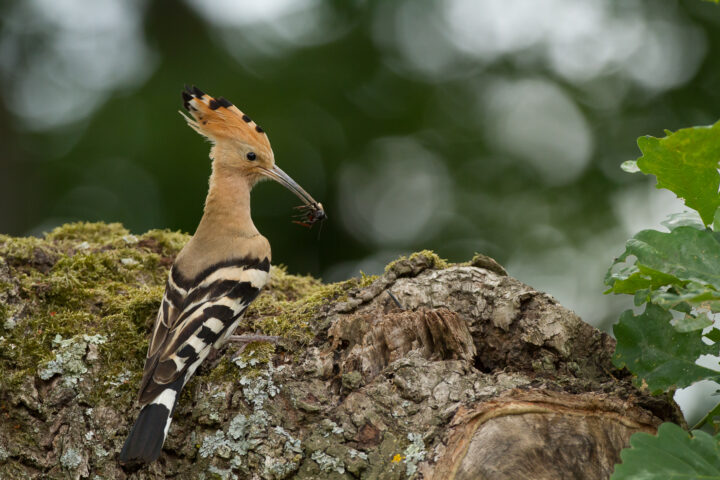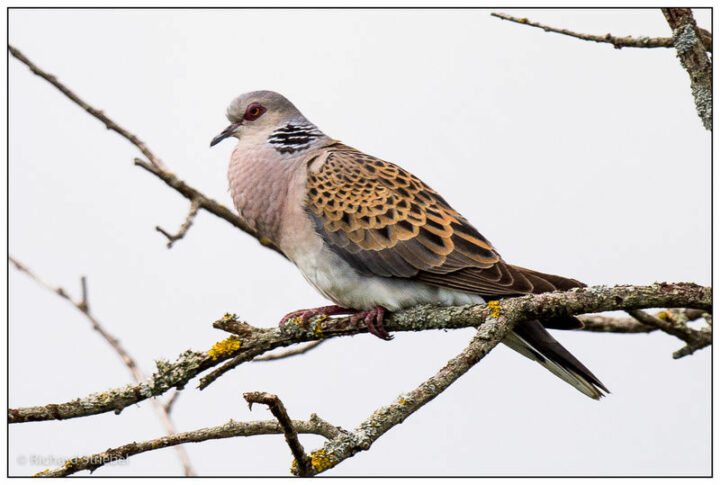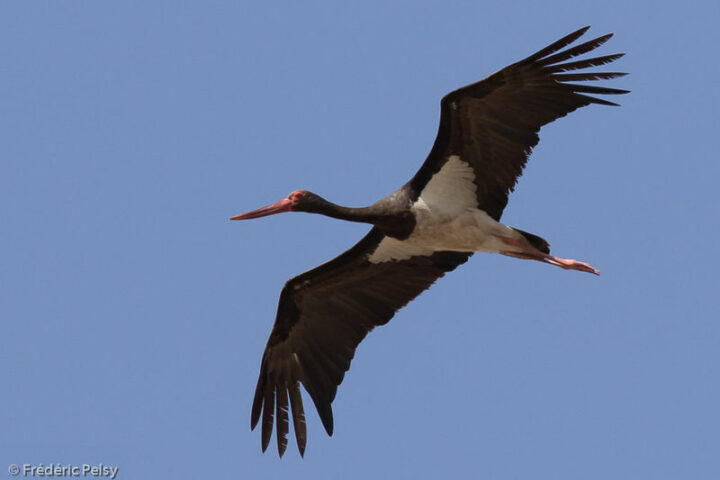Common Grue
Grus grus
Classification
- Order : Gruiformes
- Family : Gruidae
- Genus : Grus
- Species : grus
Binomial Name
- Linnaeus, 1758
Biometrics
- Size: 115 cm
- Wingspan : 180 to 200 cm
- Weight : 4000 to 7000 g
Longevity
- 17 years
Distribution

Vocalisation
The call of the grey crane is a piercing and nasal “krooh” that carries far. On the breeding grounds, the adults emit more musical duets.
To learn more.
IUCN CONSERVATION STATUS

Share
IDENTIFICATION
The Common Crane has a slate gray plumage, with black or bluish-black feathers on the primaries and secondaries. A red patch, a piece of bare skin, can be seen at the top of the cap. The top of the neck, the throat, the forehead and the nape are black. A white patch starts from the eyes and extends to the back of the neck. The long beak is grey with a little reddish at the base. The eyes are red. The long legs and toes are black. We can distinguish three long fingers, the fourth is insignificant. Both sexes are similar.
The juvenile is slightly smaller than the adults. It has a feathered head of light brown color.
MythologY – Symbols
For the Egyptians, the cranes went to fight, at the sources of the Nile, the pygmies, “kinds of small men”, says Aristotle, “mounted on small horses, and who live in caves”. According to the Greeks, the cranes put a stone in their beak when they cross the Taurus mountain, to force themselves to remain silent, and to avoid arousing the attention of the eagles. The crane is also said to have revealed to Palamedes several characters of the alphabet. It is said that by examining the invariable dispositions of the flight of cranes, this judicious observer would have imagined the letters V and Y; hence the name of Palamedes’ bird, given in Greece.
HABITAT
Common cranes breed in muskeg, wet heaths and shallow freshwater marshes, as well as in swampy forests. They winter in open country near lakes and marshes, or further out in cultivated areas.
Threats – protection
The main problem in its nesting areas is human disturbance which results in low breeding rates. Other additional problems are hunting and collision with power lines. In the wintering grounds, the species is threatened by habitat modification, mainly the reduction of oak forests, as well as by the pursuit of farmers because of the damage caused to crops.
La Gallerie








Find all the walls
15 walls
Place
14-16 Penpoll Road,London
Fresque
Hummingbird by Claire Ward ThorntonPar
Claire Ward-ThorntonOiseau
Ruby-throated HummingbirdPlace
Aknīste – Gārsene – Ausmas,LV-5218 Gārsene,
Lettonie Zemgale
Fresque
Black storksPar
Anda LāceOiseau
Black StorkPlace
Bruxelles BelgiqueFresque
Turtle DovePar
Aurore VegasOiseau
European Turtle DovePlace
Jarrestraße 20,22303 Hamburg,
Allemagne
Fresque
COMMON KESTRELPar
Hanadi ChawafOiseau
Common KestrelPlace
Lisbonne,Portugal
Fresque
Vulture & EaglePar
Tatiana SaumOiseaux
Spanish Imperial Eagle, Cinereous Vulture.Place
Kišpatićeva ul. 12,10000,
Zagreb,
Croatie
Fresque
Common KingfisherPar
Chez 186Oiseau
Common KingfisherPlace
1 Boulevard de Dresde,67000 Strasbourg,
France Grand Est
Fresque
Eurasian CurlewPar
Philippe BaudelocqueOiseau
Eurasian CurlewPlace
Tabor,1000 Ljubljana,
Slovénie
Fresque
Little TernPar
ŠkartOiseau
Little TernPlace
Roodborststraat 18,3083 WB Rotterdam,
Pays-Bas
Fresque
The European RobinPar
Marloes de KiewitOiseau
European RobinPlace
35 Rue du Général Leclerc92130 Issy-les-MoulineauxFresque
Five birds by MantraPar
MantraOiseaux
Common Kingfisher, Barn Swallow, European Goldfinch, Eurasian bullfinch, Lesser Spotted Woodpecker.Place
Place Seigneur de Monlezun,Sempesserre
Fresque
The Red PartridgePar
Adèle RenaultOiseau
Red-legged PartridgePlace
Ss Cyril & Methodius 44,Skopje 1000,
Macédoine du Nord
Fresque
Egyptian VulturePar
Dorotej NeshovskiOiseau
Egyptian VulturePlace
2 Place des Marseillaises,Marseille
Fresque
6 Mediterranean and American birdsPar
FikosOiseaux
Eurasian Hoopoe, Western Black-eared Wheatear, Blue Rock Thrush.Place
299 Avenue de l’Adour,Anglet
Fresque
11 migratory birds of the Basque coastPar
MioSHeOiseau
Common cranePlace
84 Rue du Chemin Vert,Boulogne-sur-Mer
